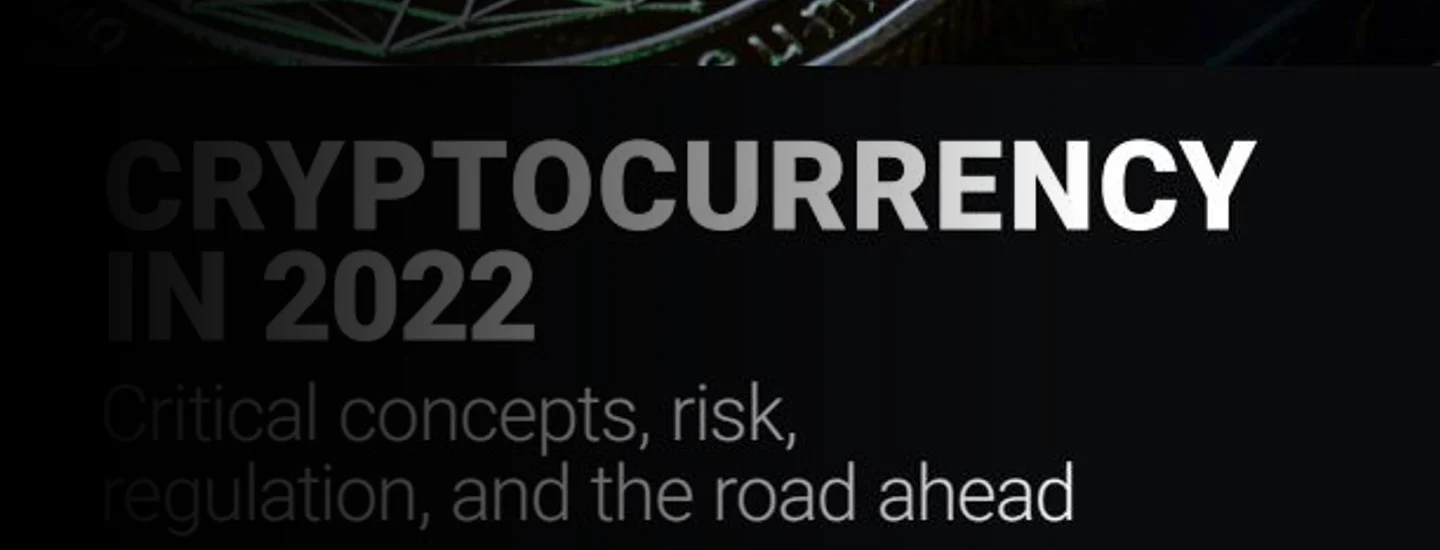I had the privilege of being invited to speak at the American College of Bankruptcy Assembly and American Bankruptcy Institute earlier this month, tackling the increasingly hot topic of cryptocurrency.
While crypto may have yet to materialize in the bankruptcy and restructuring space, it was clear that practitioners have a desire to understand the inner workings of digital assets in more detail. There was a general acknowledgement that it is likely only a matter of time before this technology breaks into this arena, as well as exerting a much greater influence upon “traditional” centralized banking and regulatory systems. As firms continue to adopt digital assets onto their balance sheets or incorporate cryptocurrency into their digital operations, restructuring professionals will one day need to know how to recover or preserve value for this new type of asset.
Blockchain technology is now being referred to as “critical for our nation’s future” by former SEC chairman Jay Clayton, and harnessing the capabilities offered by this tech are critical to advancing the state of the financial system, banking the unbanked, and generally improving a centuries-old industry rife with convoluted, inefficient processes. While there are very real technology advancements occurring, the space is also grappling with “rug pulls” (a.k.a. scams), confusion, and outright fraud. To many, it’s a ponzi-like “get rich quick” scheme with no value. To others, it’s the beginning of a new technology paradigm that will impact how we represent, store, and exchange value across the globe.
As the digitization of the world’s financial system continues to evolve, the chances are that blockchain technology will be involved. In my conversations with practitioners, we discussed how, while many important topics such as ownership, tax treatment, asset recovery, and jurisdiction have yet to be robustly challenged in court – leaving many questions unanswered – one thing is certain: the pace of technological innovation is accelerating.
As with all emerging technologies and their associated risks, it is important to arm yourself with knowledge of the critical concepts before they become a material threat to the way you do business, or at the very least present an all-new problem on your desk that needs to be solved.
I’ve recently analyzed a number of the dominant themes within the crypto ecosystem as we move into 2022 – including the environmental impact, the regulatory environment, and institutional adoption, which you can read in the report attached here.
A greater acceptance and understanding of blockchain technology will play a vital role in how it evolves and is harnessed in the right way, as illegitimate projects continue to be quashed and washed out. Keep an open mind, dive in, and continue to learn…


